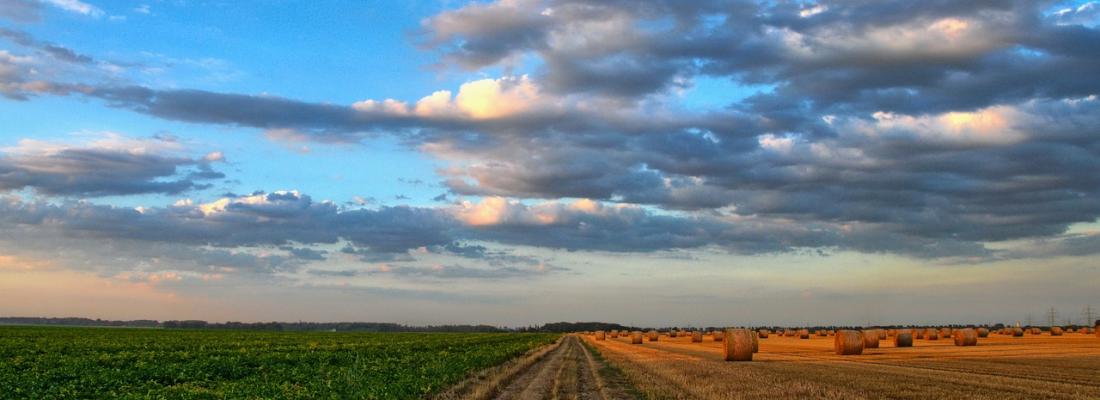Society and regional strategies Reading time 2 min
Optimising global crop yields to meet growing food demand
Published on 26 January 2024

While population and food demand trends show stagnation in Europe, this is not the case in all countries. A new study by researchers at INRAE and the University of Minnesota has quantified potential future crop yield growth.
It is predicted that population growth and changes in diet will drive a substantial increase (between 35 and 60% according to recent estimates) in global food demand by 2050. The expansion of farmland, often at the expense of grasslands and forests, has major effects on the environment and is exacerbating climate and biodiversity problems. Moreover, the limited availability of new arable land makes this scenario unsustainable for humanity. Increasing yields thus appears to be a critical solution to meet future food demand.
The study examined yield gaps for 10 major crops at the global level. Using a statistical analysis of a global agricultural database, the researchers mapped the differences between actual yields obtained between 1970 and 2010 and attainable yields, based on local soil and weather conditions.
Significant differences were observed among crops and regions. Actual maize, sorghum and cassava yields remained far below attainable yields in many regions, particularly in Asia, Africa and Central America. For these crops, the risk of stagnation concerns less than 40% of the world’s surface.
The situation is more worrying for rice, a staple cereal in the global diet. Yields in more than 80% of the world’s existing rice-growing areas — primarily in Asia — could stagnate. In Africa, on the other hand, significant opportunities exist to close yield gaps for rice, particularly around the Gulf of Guinea.
For wheat, the situation varies. In certain geographical zones, yield has plateaued (France is one example), and in others — notably in India but also in parts of North America and Africa — a significant gap persists.
The scientists stress the importance of guiding global agricultural policies based on these findings. These guidelines require a high level of investment in research and the implementation of sustainable agricultural practices.
Reference
Gerber, J.S., Ray, D.K., Makowski, D. et al. Global spatially explicit yield gap time trends reveal regions at risk of future crop yield stagnation. Nat Food (2024). https://doi.org/10.1038/s43016-023-00913-8
